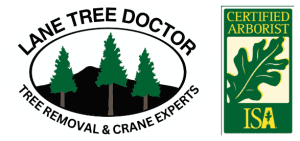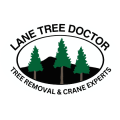ANSWERS TO FREQUENTLY ASKED QUESTIONS
You are Lane Tree Doctor, can you save my tree?
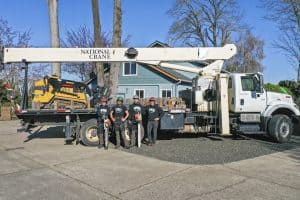
Even though our name is Lane Tree Doctor, this might be a bit of a misnomer, as we specialize more on removing and pruning trees and less on identification and remediation of diseases affecting trees.
Why should I choose Lane Tree Doctor?
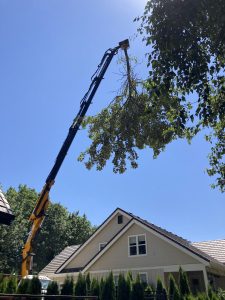
We have an excellent track of removing difficult trees and performing structural and aesthetic pruning on many varieties of trees. Our work and our workers are fully insured. More importantly, we treat our customers the way we want to be treated: we are honest, we offer fair prices, direct accountability and communication with the owner, we are reliable and thorough and we work safely.
Can you give me a ballpark of what it will cost to remove or prune my tree?
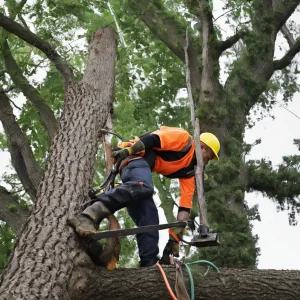
Every tree’s location, features and setting are unique. A large fir tree that is an open field and can simply be felled and left without cleanup will be a very small fraction of the cost of removing that same tree growing through a carport (see services page pictures for an example of this). The cost of tree removal is dependent on the time and risk involved. One way to reduce the cost of tree work is to have us leave the wood as firewood or logs. Another option suitable for some customers is to simply leave the mess, what we call a “No Cleanup.” This can save between 30% and 70%. Lane Tree Doctor strives to offer competitive and reasonable prices. We are especially competitive on larger tree pruning and removal projects.
When is the best time of year to prune my trees?
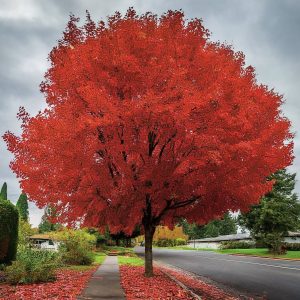
While there are exceptions, for many varieties of deciduous trees (trees that lose their leaves each year), pruning during dormancy is ideal. So, late Fall to early Spring is best. Ironically, this is when many folks aren’t thinking at all about their trees, but pruning this time of year will stress the tree less and tend to promote less unwanted future growth. For conifers, the time of year is somewhat less important, especially if only a small fraction of the tree’s branches are to be removed.
Is the wood in my tree valuable and can this offset the cost of removing it?
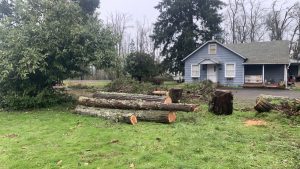
The value of a piece of wood is dependent on many key steps: (1) removal of tree goes as planned with sections of wood being marketable (i.e. cut to the right length and without huge imperfections), (2) milling of the wood, (3) drying of the wood, and finally (4) selling the wood to a suitable buyer. Our first goal is to safely get the tree down and so getting a desired length of wood may be difficult or add considerable cost in the case of large trees. With this disclaimer in mind, if you have a tree that you want removed that seems valuable, we will be honest with you and will give you the fair value of the tree as a wood credit or arrange to sell it to a buyer directly, if possible.
I want to log some Fir trees; can I make some sweet moola?
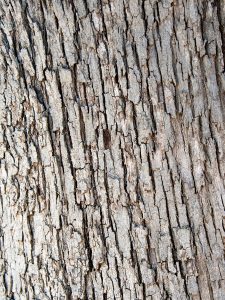
See above and it depends.
If you have a number of trees in a grove that have branches less than 2 ½ inches in diameter, the trees have relatively low taper and they are relatively easy to fell, then it certainly can be worthwhile to sell the timber. In these situations, we will work with the customer and log buyer to make this as profitable as possible for the customer. Sometimes it can be advantageous to sell the trees even if they aren’t specimens as outlined above, just to get rid of a large volume of wood.
